Mento's Month: May '24
By Mento 0 Comments
Game of the Month: Zilcho
Nope, no GOTM this time. I mean, of the many games I played in May one of them is theoretically going to be better than the rest, but this section was intended for deep dives on the big AAA stuff and long-term RPGs I'd normally be playing in-between all the retro games and Indies I was already blogging about elsewhere. This month's been a bit too busy for any of that though, which gives my backlog pile another free month to just tower there menacingly.
I have played a little more Tears of the Kingdom since April but I've yet to make any meaningful progress. I tried scouting the Depths a bit but man is it uneventful and painful and kind of unpleasant to look at down there (almost word-for-word what I said to my urologist also). There's certain big things I've discovered—one involves a certain high-flying reptile carrying something of mine and another regarding a certain series-recurring big tree that was hard to reach—but I don't feel I'm equipped to do anything about either just yet. I've tried fighting one of those Phantom Ganons that pop out after defeating the grabby hands but it, much like the lynels and gleeoks I keep waltzing into, feel like some endgame-only business I'm in no fit state to handle right now. Aggravating. Well, there's plenty of other busywork out there until I decide to bite the bullet and actually try solving some of the problems they're having over in the four non-Hylian population centers Purah told me about. Probably should get on all that, huh. I'll see if I can muster the enthusiasm for it in June.
Darling Indies and Other Gaming Tomfoolery
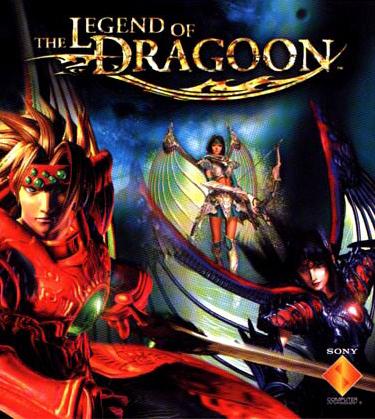
This month's gaming tomfoolery has almost completely been concentrated on May Mightiness, the newest iteration of my annual May Madness series. Goal this time was to revisit a bunch of Indie games I was forced to put aside because my previous PC couldn't handle them and it's been humbling to realize just how useless that old piece of crap was if these entirely benign games were too much for it. What I suspect was the case is that these Indie games, due to having small development teams, just weren't optimized very well for weaker systems. After all, not every Indie can afford to spend months tweaking the available settings to allow for every ancient, Win ME-sporting, potato-ass junkpile to run their game when 90% of the audience has something built in the last decade and will run into no issues whatsoever. You reap what you sow, or don't sow in the case of my negligible attempts to stay current. Well, I'm enjoying them now, and that's what matters.
I managed to take down seven (or I guess eight) long-standing members of my esteemed backlog, with the remainder of that shortlist moving into the standard IGotW rotation. Maybe I'll go back to old CRPGs next May: I'll have to see what I can dig up that hasn't already been covered by me in the past. After you've written almost 2,000 blogs you start to run out of material; or, at least, that'd be true for any industry that doesn't put out that number of new products a year. Hmm... I haven't done a thing on PS1 RPGs yet and I've a few of those stacked up, though how many I could get through in a single month is questionable. A future bridge to be burned: for now, the following list made for some superb delayed gratification (and be sure to click the above link for much more in-depth reviews):
- Adr1ft: Spacebound troubleshooting adventure game. Focuses around the travails of navigating zero-G in a fragile EVA suit as you move from one terminal to another. Looks amazing but the gameplay's definitely more low-key.
- The Deadly Tower of Monsters: ACE Team (the Zeno Clash/Rock of Ages guys) put together this tongue-in-cheek action-brawler thing set within a sci-fi B-movie that tries to have many plotlines at once. Gameplay's a bit basic, but there's plenty of charm to its humor and setting.
- Framed Collection: Puzzle game compilation involving switching comic book panels around to get the best result for the current protagonist. Huge sense of noir style to its sound design and visuals and for as much as it resembles a casual game it can certainly get pretty tricky in parts.
- Fract OSC: Walking sim that has you putting together the world's largest synthesizer one sound channel at a time. Trippy and contemplative, though it's easy to get lost sometimes.
- Small Radios Big Televisions: Likewise, a game that has you exploring maze-like levels set inside oil rigs while visiting micro-worlds within cassettes to unlock keys needed to progress. A mite aimless but one cannot deny the surreal low-poly PS1 style isn't somewhat compelling.
- Everything: A massively-scaled game that has you bouncing from "thing" to "thing" in a mostly rudderless pursuit of knowledge, switching scales from the galactic to the sub-atomic in pursuit of more things to inhabit. The sort of game that befits the right kind of mood.
- Spate: 2D platformer with physics puzzles that follows a lugubrious, drunken private eye as he investigates a hostile land full of terrors that may or may not be absinthe hallucinations. Grim but visually compelling, though the platforming gameplay is a little underwhelming.
WonderSwanning, Mega Driving, and Sixty-Forging Ahead

The fourth edition of my WonderSwan feature was also my favorite to write so far, despite a couple of clunkers. Checking out the earliest big revamp of the first Final Fantasy was something I'd been meaning to do for some time—the GBA Dawn of Souls remaster, which was what motivated to finally play through and complete the game over the far less accessible NES original from the '80s, was actually based on this WonderSwan facelift—and I'm always down for a Rainbow Islands playthrough, even while Putty's Party is much shorter and lacks what is probably a necessity for games about rainbows (that is to say, color) it has enough new semi-modern mechanical features to be intriguing. Finally, there's the O-Chan no Oekaki Logic picross game which, well, I'm kind of a tool for picross games. Hence me still hanging on the line for Pictlogica Final Fantasy despite its now week-long wait times for unlocking new areas. I will say O-Chan is unusually difficult as far as picross goes: definitely one for the advanced-level picrossers out there. The final two WS games of Part Four include a New Japan Pro Wrestling game originally from Yuke's (bleh) and Konami's sole contribution to the WonderSwan: a punishing Beatmania port. I'm sure worse games are waiting for me in the future of this feature though, so I appreciate anything remotely playable that comes along.
The Mega Archive is now deep in the November shovelware rush with a real dubious collection of mostly licensed shooters and sports games this month. I'd struggle to pick a highlight but if you had to put a Konami Justifier to the side of my head I'd probably go with either the perfectly OK if nothing remarkable Pink Goes to Hollywood starring the '60s animated cat or Sensible Soccer, which despite being a sports sim is at least one of the more immediately accessible ones. Notable detritus includes the heavily-scuppered Last Action Hero tie-in (which sucks extra as a fan of the movie), the RoboCop 3 tie-in which had absolutely no chance given the quality of the material it had to work with, and the notoriously disappointing Marvel crossover Spider-Man and the X-Men in Arcade's Revenge. The next ten games I'll be covering in June will be better, so... please don't quit in despair. Or am I just trying to tell myself that?
64 in 64 was a delight this month since I got to play Star Wars: Rogue Squadron and The New Tetris, two games from my personal collection that I'd very much recommend even if they're not perhaps in the absolute highest echelon for the platform. They're also two games that probably don't need much of an introduction here, so in succinct terms I'll say that Rogue Squadron's biggest strength is its accessibility and how arcade-like its approach to Star Wars dogfighting can be while The New Tetris came up with a number of valuable new tweaks to the classic format, some of which have gone to be used in every Tetris game since. Your hint for the next 64 in 64 duo are as follows: A very kid-friendly episode, with a cutesy 3D platformer and an equally cutesy (in an ugly way) board game. Given the subject matter I should try to remember to not swear like a sailor in that one, but I can make no promises when I'm covering a THQ game.
The "Indie Game of the Week" of the Month: Supraland: Six Inches Under (Supra Games, 2022)
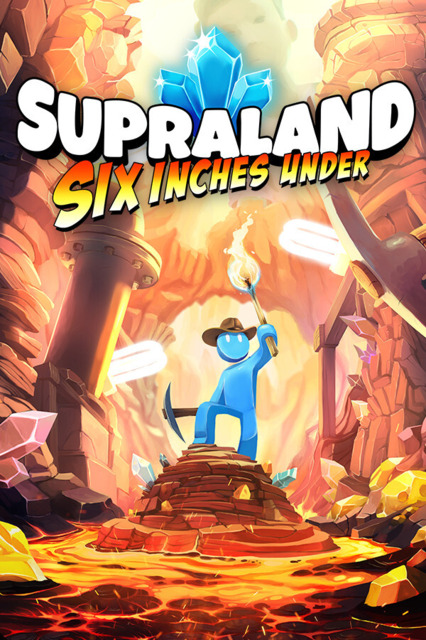
Another real tough elimination process for the best of this month's Indies, this time combining a bunch of high-quality entries in some favorite genres instead of just all explormers all day. Seems only fair I stick to my guns and award Indie Game of the Week of the Month to the only game that received a five out of five rating: Supraland: Six Inches Under (#369), which combines 3D platforming, traverse-upgrade-enabled exploration, first-person puzzle-solving, and an amusing micro-sized (if only in terms of physical height, not scale) setting of a bunch of plasticine goofballs encountering the darker side of capitalism. Supraland's gameplay loop is just consistently engaging and its traversal upgrades uniquely suited to its format and world, so even if this expansion/semi-sequel didn't do a whole lot new just being more Supraland for me to sink my teeth into was more than enough. I've maybe become a little too easy to please, huh. Real curious what that upcoming sequel is going to be like.
Pseudoregalia (#368) is a close second place and would probably win in any other month, due to just how novel it feels as a 3D N64 platformer throwback that incorporates exploration tech and a saturnine, Team ICO aesthetic and tone to its desolate and abstract castle setting. It's the type of game where you'll regularly be thinking to myself "was I supposed to go this way? Was I even supposed to be able to go this way?" such is the versatility of its movement set and what it lets you get away with. That said, for as much as it can feel like you're sequence breaking there are sections where the opposite feels true and you're struggling with one really tough sequence or another but technically have everything you need (further upgrades might make it easier, but there's a good chance the next upgrade will be found on the other end of this current section). I enjoyed it immensely; it has a true explorer spirit to its often abstruse progression and its rare for a 3D platformer to be this unrelenting with its challenges (Demon Turf's another recent example).
Our other runners-up include the charming detective procedural adventure game Tangle Tower (#370), which is sort of like a Professor Layton and Ace Attorney crossover (that isn't the official one, anyway) that employs some neat ideas for the deduction process of figuring out the hows and whys of a case; the grisly explormer Carrion (#371), a thoroughly tongue-in-cheek misanthropic William Birkin sim that has you devour the staff of a research facility for daring to experiment on you while keeping your many squishy organs out of range of their guns and flamethrowers; and Pumpkin Jack (#372), a Selick-ian 3D platformer that has a solid Halloween presentation if perhaps a less exciting (though still impressive, given the difficulties of producing games in that genre and this all being done by one guy) gameplay core of platforming, combat, on-rails chases, and so-so mini-games. An unseasonably macabre month of Indies in retrospect, but the advent of summer tends to put me in a mood to anticipate the milder autumn months all the sooner. If ever there were three months of the year I would skip if I could...
The Bonus Indie: PowerSlave Exhumed (Lobotomy Software / Nightdive Studios, 2022)

Enter, if you dare, the realm of technical Indie disqualifications with another edition of Mento's Month's The Bonus Indie. This time I'll be looking at PowerSlave, also known as Exhumed, now also known as PowerSlave Exhumed (I see what they did there), which was first released back in 1996 as a full budget FPS made with 3D Realms's Build engine (the same one used by Duke Nukem 3D, Blood, Shadow Warrior and a bunch of others). Naturally, that would make it very much not an Indie, especially as it was published by BMG Interactive (what would later become Rockstar Games) in Europe. However, Nightdive's kinda out there doing its own thing by acquiring the rights to remake all these old FPS classics and it's hard to argue they themselves are not Indie. Well, at least back in 2022 they were; they've since been bought by Atari SA (formerly Infogrames) so really we're dealing with a morass of technicalities here. I just really wanted to play some PowerSlave this month since I went ahead and bothered to get that recent (and still active, as of writing) Humble Bundle for various Nightdive FPSes. So... that's... that's what the deal is.
Set in modern-day Karnak in Egypt, in a similar framing story to Serious Sam, the player is some covert operative superagent that gets swept along with the rest of the city in an ancient curse that reveals more about itself the further the player makes progress. Taking down mutated animals at first, the player's foes (and their own weaponry) start mundane and eventually become ever more mystical in nature. Of special note is the fact that the game has you regularly revisit older levels with new traversal upgrades which allow for more areas (and exits) to be reached, which of course makes this game an explormer. Because why else would I be playing it? Another notable deviation from the norm is the use of a "weapon power" gauge that most games would simply call ammo but for the fact that while you start with guns you'll eventually have wands and staves shooting out magic like it's Hexen; the gauge is representative of how much more you can still use that weapon before it runs out of juice, regardless of whether that juice is ammunition or magical power. Thankfully, each weapon has its own gauge so you can just switch around once you get low and are far enough into the game to have more than just the machete and pistol to fall back on (neither of which do much harm but are at least ideal for squashing bugs and destroying explosive jars, respectively).


Like the big idiot I am I started playing the game on Pharaoh difficulty (the highest) both for the sake of achievements and for the increased enemy population density which, much like in Doom, only serves to make boomer shooters like this more engaging. The difficulty modes were added into this version of the game to account for various QoL features introduced into either this remaster or one of its intermediary console ports that showed up a few years after the PC original, so in a way it's redressing a dip in the challenge level. While there's no manual saving there are at least a few checkpoints per each larger level and you can theoretically backtrack and hit an earlier one if you ever needed to save your progress again. I've been abusing it quite a bit since these jackal Anubis guys (more or less imp stand-ins) can roast my ass in four hits at this difficulty. Some stages also have parts of a transmitter: it's unclear why I need them, but the game's kind enough to give me a beeping indicator to let me know if a stage still has one so I imagine they're going to be important for something. I surmise they're going to be the most common reason to revisit places with more upgrades once I approach the endgame (along with ankhs, which act like extra energy tanks—I've already spotted one of these sitting on lava that I have no idea how to reach yet).
For now, I'm about... halfway through? Maybe? The enemies have been getting steadily tougher to deal with, though with ever more firepower to handle them this Pharaoh difficulty hasn't become overwhelming. Yet. Still, a game called PowerSlave is bound to start putting me through the wringer sooner rather than later. (I'll say that the level preceding the first boss, Temple of Set, was a real nightmare between its checkpoint scarcity and the new mummy enemies that fire homing snakes at you. Hope they don't pop up too often, though I worry they might replace all the Anubis imps.)
The Weeb Weeview
As a refreshing change of pace, I'm going to talk about three anime I've been watching this season that don't have anything to do with isekai or even the medieval fantasy genre more broadly speaking. Most of the shit I'm watching is assuredly either or both those things, don't get me wrong, with the third seasons of Reincarnated as a Slime (discussed last month) and KonoSuba being particularly worthy highlights despite their well-worn premises but even I have to admit that a constant diet of generic isekai isn't really giving the medium its due (and probably causing plenty of indigestion on top).
So, here's what I've been watching that doesn't involve fireballing goblins in the face and treating your elf girlfriend to delicious Japanese cuisine:
Wind Breaker sadly did not turn out to be a sports anime about competitive farting but instead a "bancho" style highschool brawler dramedy about a notorious school of delinquents which turn out to be community-minded, well-meaning kids with a bit of a rough image. This revelation creates a conflict in heterochromatic protagonist Sakura who has felt alienated due to his looks and is only confident in his fighting ability, choosing a highschool with the worst reputation for violence so he could rule the roost; instead, everyone there treats him kindly (with a few exceptions) and encourages him, causing his tsundere side to frequently come out. The show's since embarked on an arc involving a neighboring gang of strength-venerating hoodlums and a series of one-on-one fights that have ably introduced the rest of the show's main cast members, including an eyepatched aikido expert who reminds me a lot of Majima from his second introduction as the manager of the cabaret club in Yakuza 0 and a Deku-type (pre-powers) who's useless at fighting but good at reading people and their weaknesses and jots it all down for Sakura to review. Between the great animation behind the fights and the empathetic character work on all these individuals, friends and enemies alike, the show's shaping up to be something special. Like a River City Ransom if characters barfed out their feelings instead of just barfing.

Go! Go! Loser Ranger! is a tokusatsu parody I think Jan would appreciate, taking the Power Rangers/Super Sentai template and marrying it to the kind of deeply cynical world of egotistical and psychotic superheroes that shows like The Boys make their home. The usual alien invader types attempt to conquer Earth with their monster-creating powers yet are thwarted by a team of transforming martial artists called the Dragon Keepers, but in this case the heroes then go to the aliens' floating base and massacre their entire executive class leaving behind the endlessly-regenerating grunts at the bottom of the pecking order. The ones that wear black bodysuits and get knocked down and disintegrate after a couple of high kicks. The heroes, drunk off the adulation and gratitude of Earth's citizens, then decide to arrange a weekly mock fight with the goons so they can stay in the spotlight indefinitely, keeping these nobodies in a state of terrified indentured servitude. One of them decides he's had enough and exploits his race's ability to shapeshift into anything (including humans) to infiltrate the organization and destroy it from within: being a nothing fighter though, he's going to require some inside help. The show consistently generates a high level of tension (and a mild amount of comedy) as our alien anti-hero risks constant discovery from not exactly passing himself as a human too convincingly, and the animation and visual style are both superb. Probably would help if I were a bigger fan of this genre though.

The Many Sides of Voice Actor Radio is a case where I continue to be terrible at covering up my entirely chaste interest in yuri (lesbian) romance stories, despite reviewing around six or seven visual novels with that theme last year. In this anime, two classmates who are secretly also professional voice actors have their situation discovered by one of their producers and are asked with helming a two-person radio show about being normal highschoolers with a high-profile (if anonymous) side-gig. Trouble is, they can't stand each other: one is a gloomy loner who is quick to criticize others, while the other is a gregarious "gal" type who is outspoken and suffers from an inferiority complex at work. The show explores their deeply buried respect for each other that eventually becomes a fraught friendship (and possibly more, though we're not going to get there for a while if so) as well as the usual pitfalls that come from the fame spotlight, including scandals, stalkers, and imposter syndromes. There's plenty of drama but it's mostly a sweet relationship slice-of-life about the entertainment industry and fandom and rivalries that doesn't go quite as hard as, say, Oshi no Ko.

Next month on the Weeb Weeview: Way more of that isekai nonsense I mentioned. Ho boy, do I have a lot of it to get through. You will believe a man can go through life with zero taste. See you then for more anime talk (and games, time permitting).
Too Long, Do Relinks?
- Indie Game of the Week 368: Pseudoregalia
- Indie Game of the Week 369: Supraland: Six Inches Under
- Indie Game of the Week 370: Tangle Tower
- Indie Game of the Week 371: Carrion
- Indie Game of the Week 372: Pumpkin Jack
- Mega Archive: Part XL: From Last Action Hero to Virtual Pinball
- Anyway, Here's WonderSwan (Part Four)
- 64 in 64: Episode 42
- May Mightiness

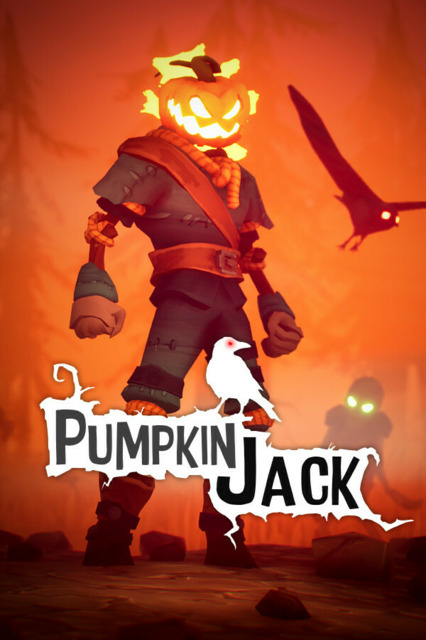























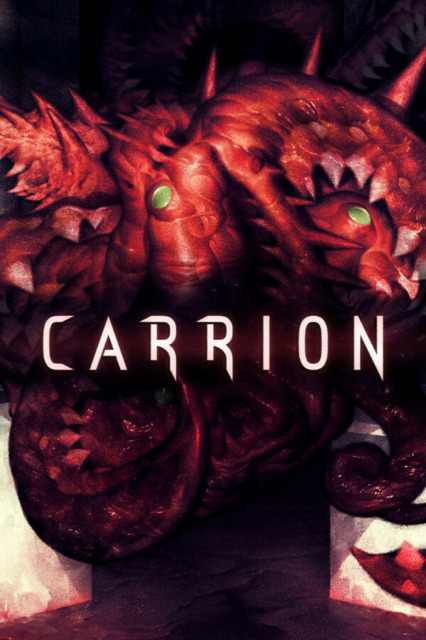













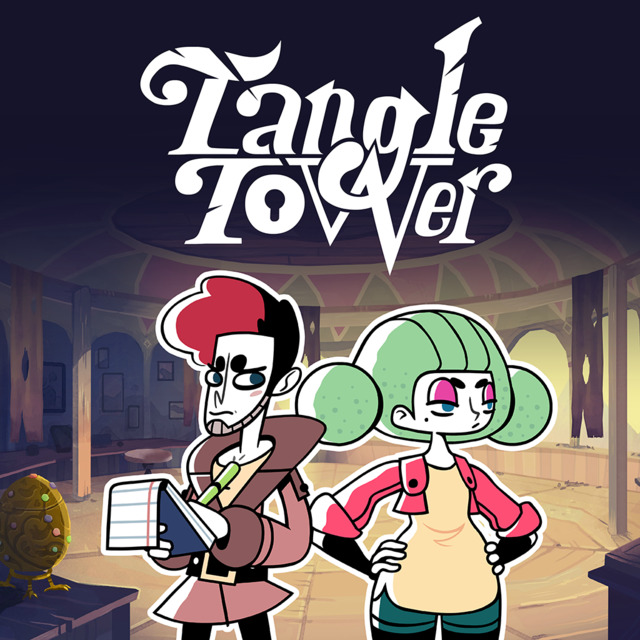





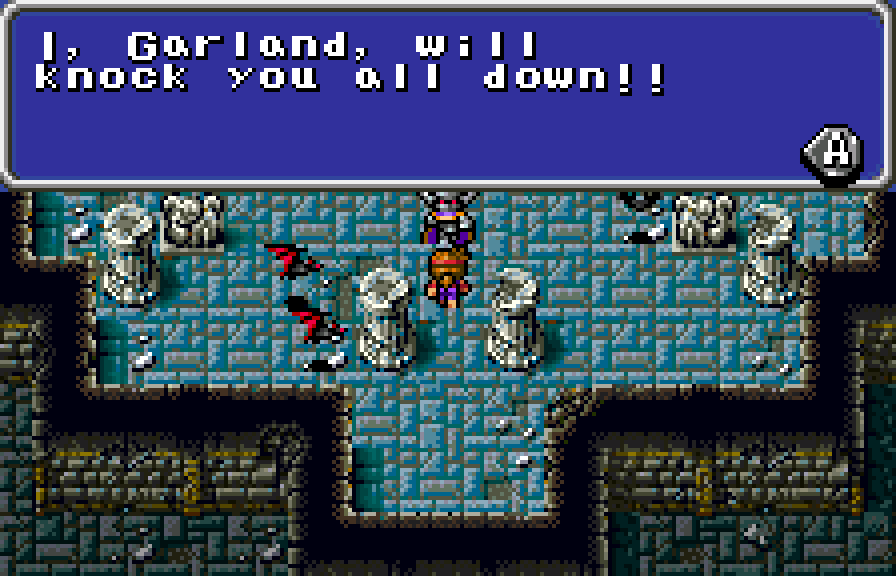







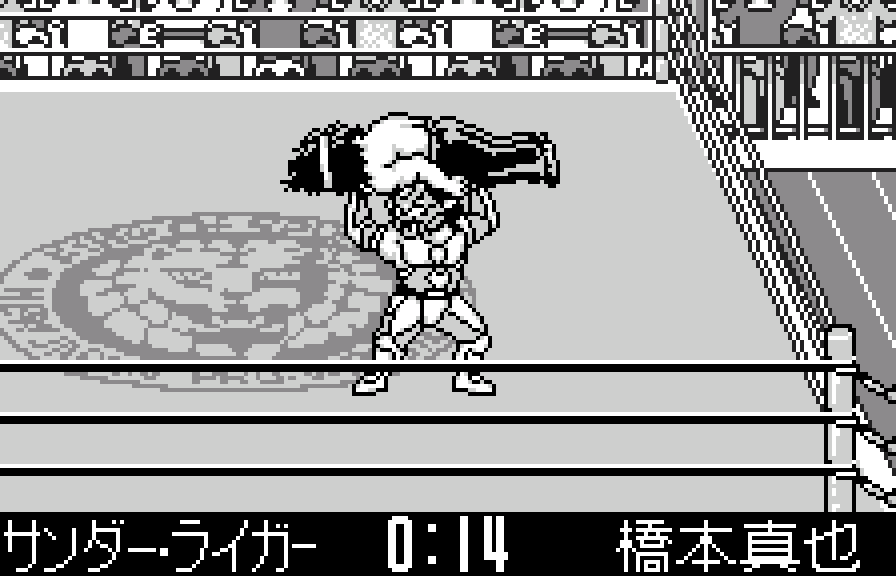




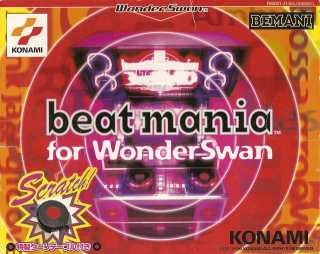

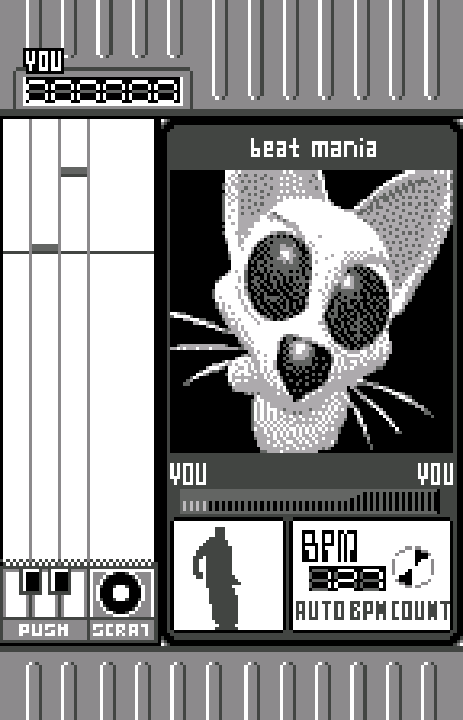
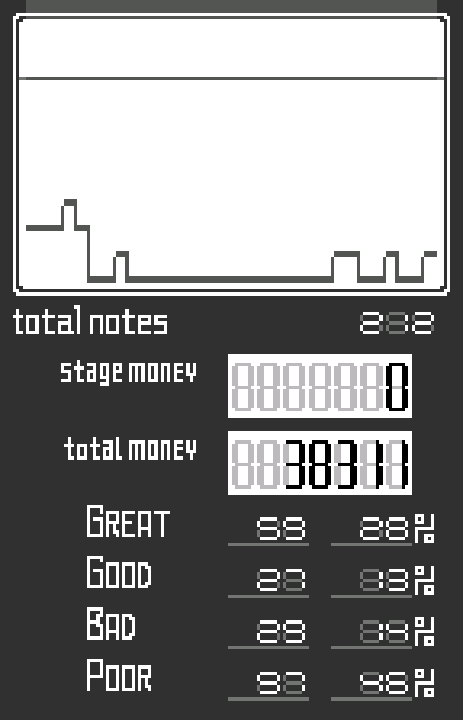
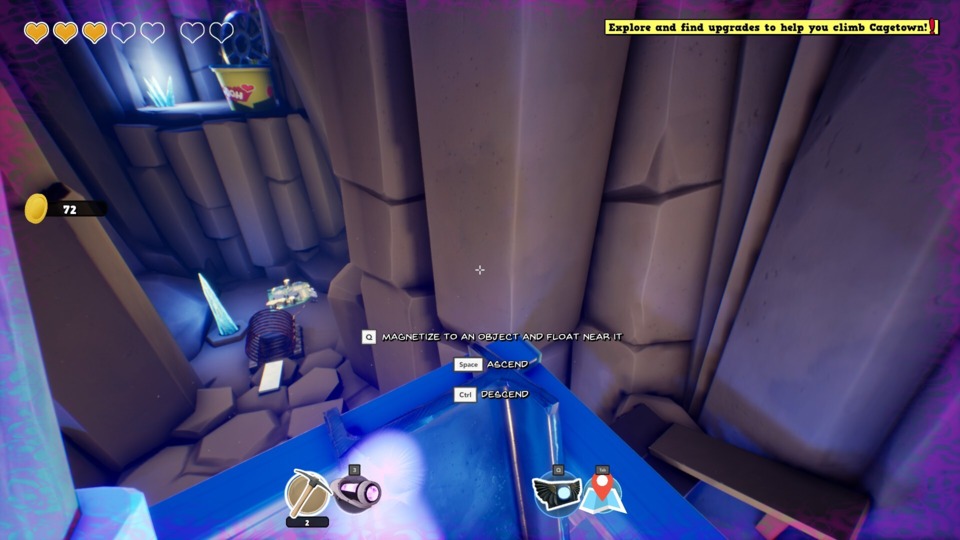
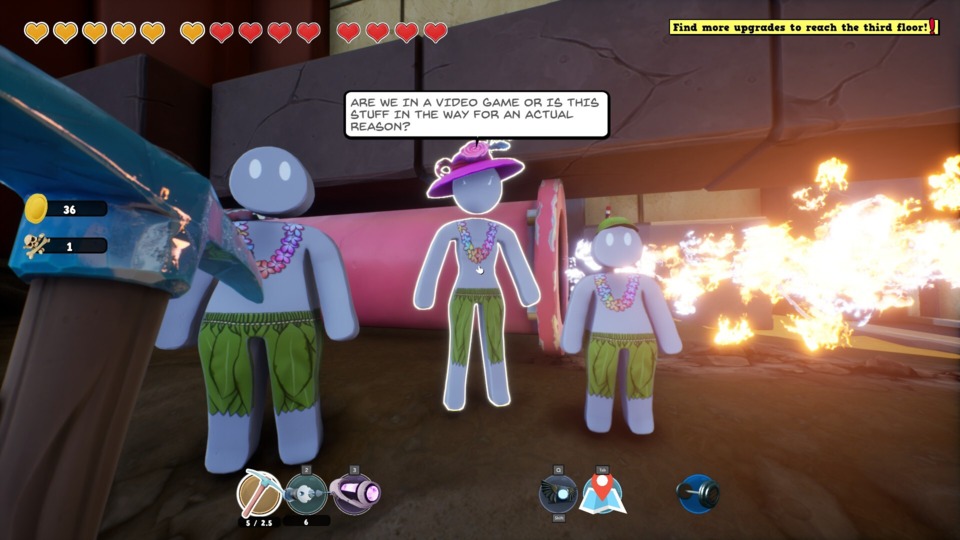
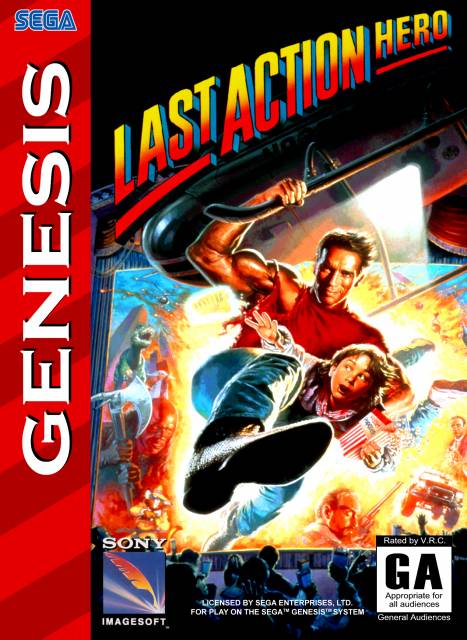
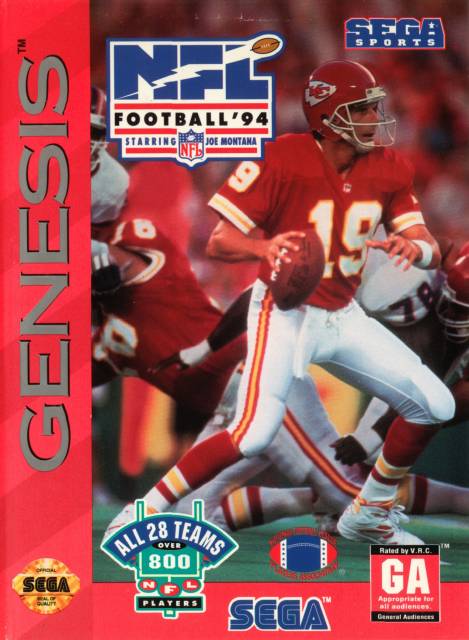
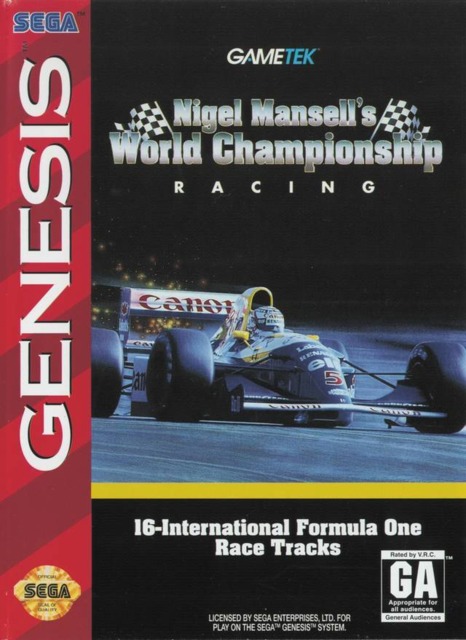
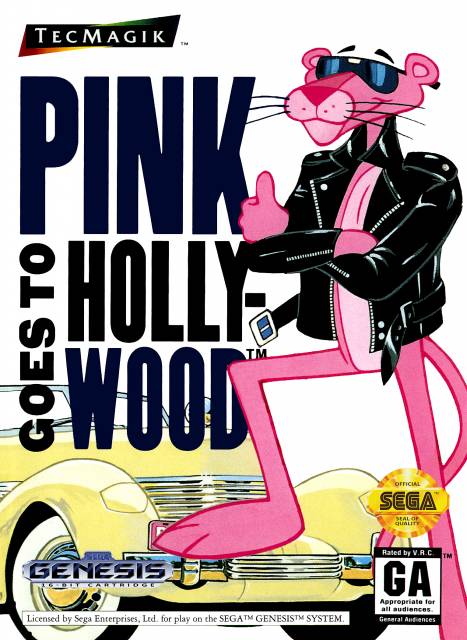
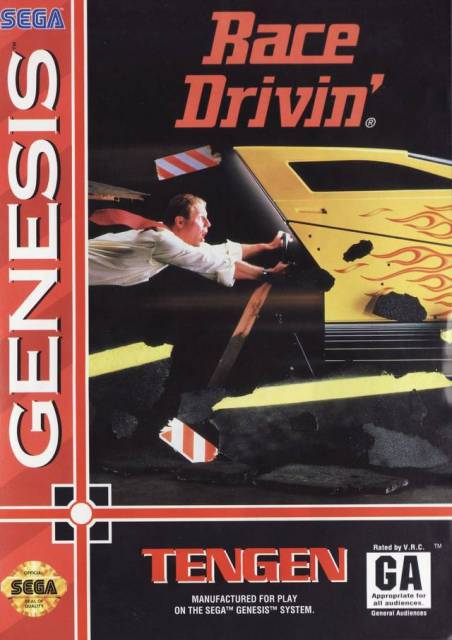
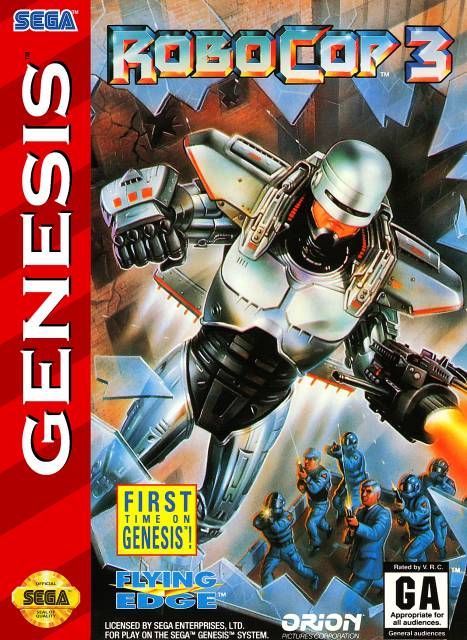
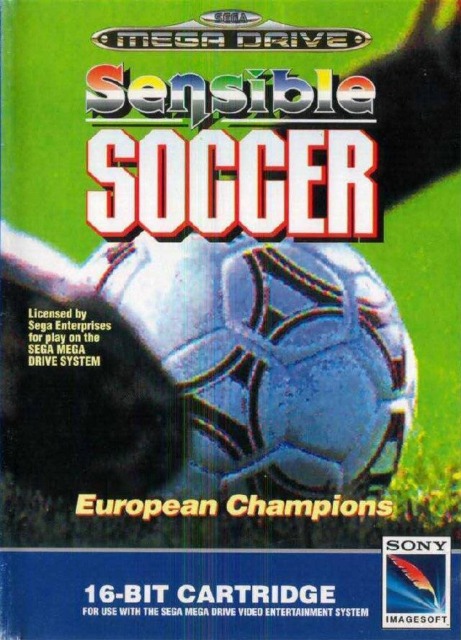
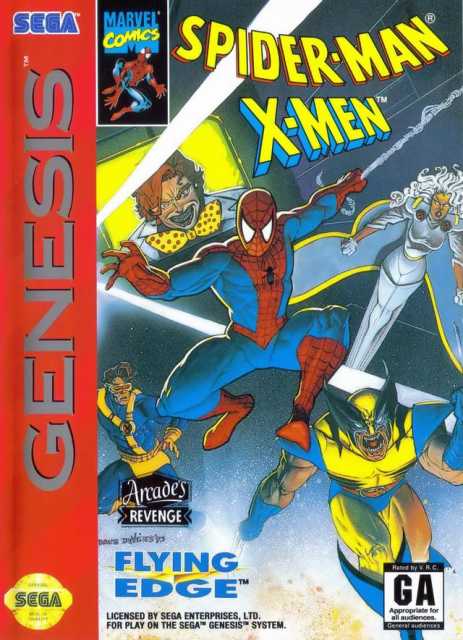
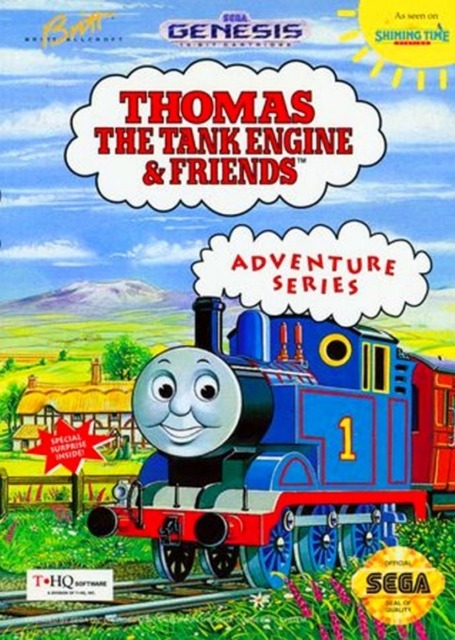
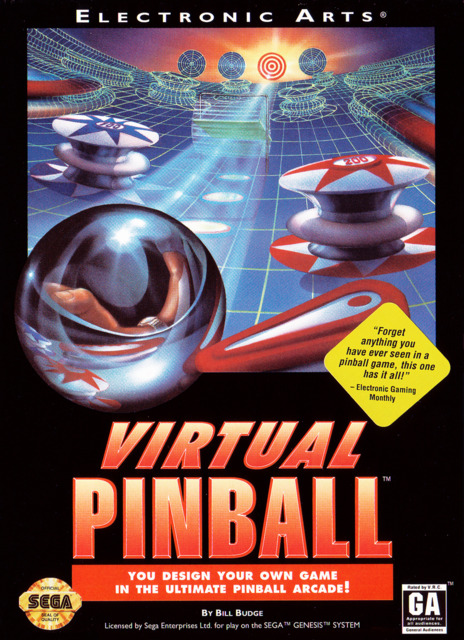
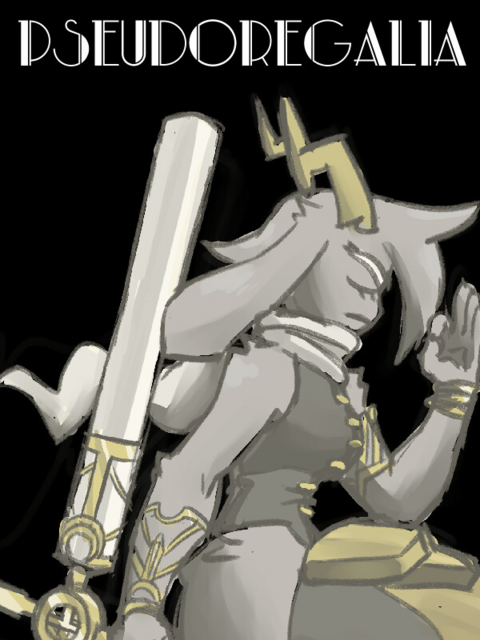
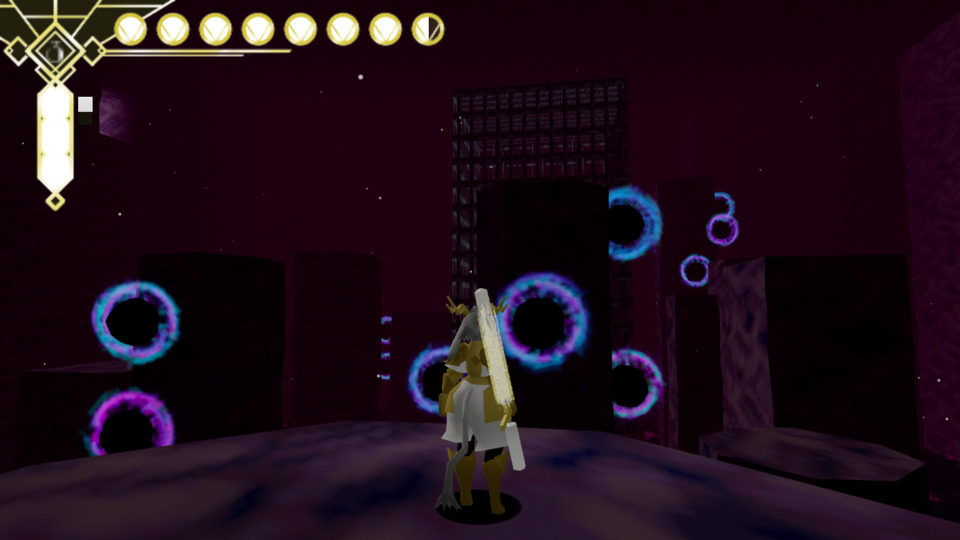
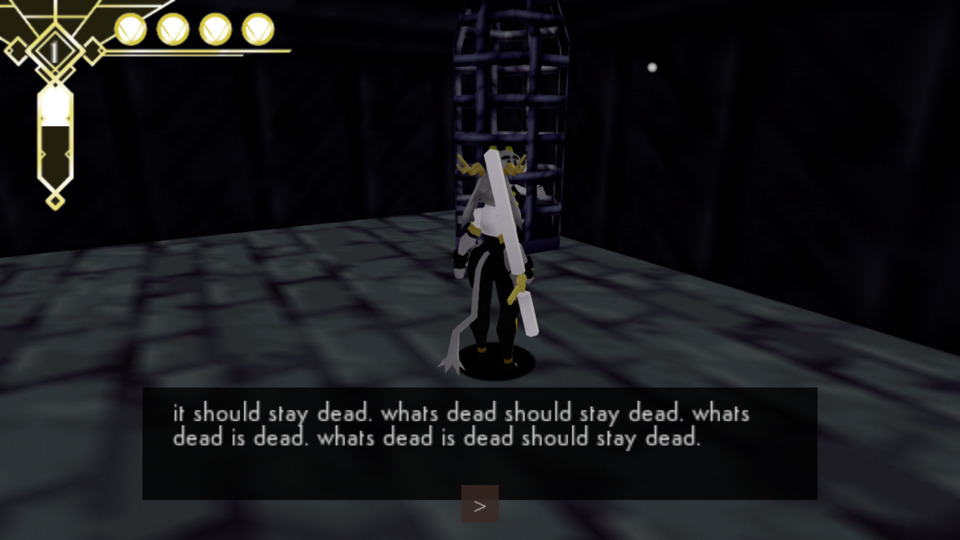
Log in to comment